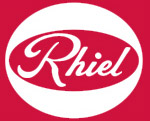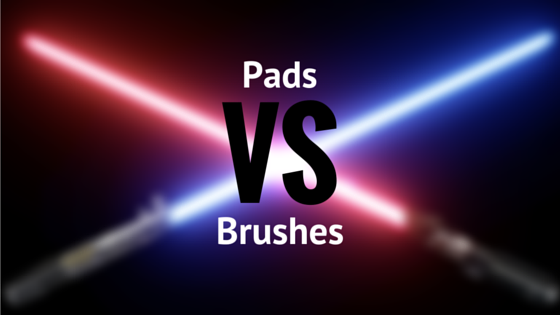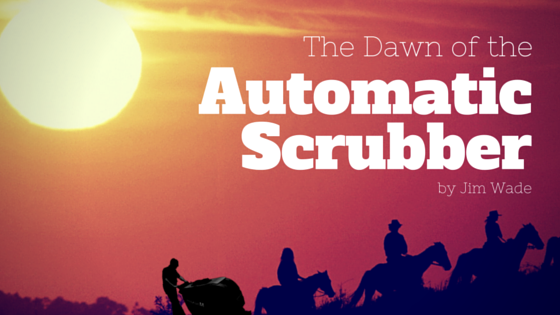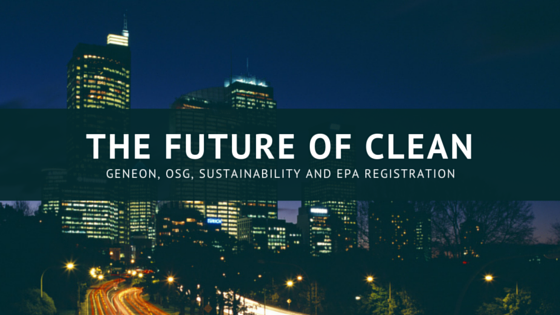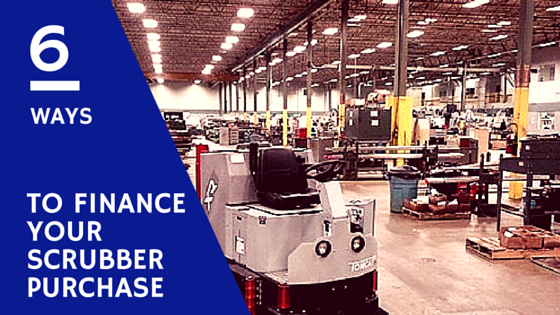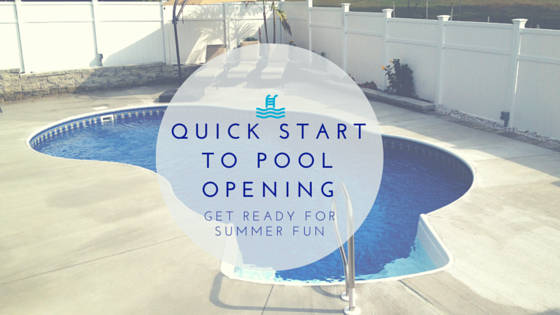The Ultimate Scrubber Showdown: Pads vs. Brushes
Basic understanding:  As in choosing how to clean anything the same premise applies to pads and brushes.  What type of floor surface are you trying to clean and what type of dirt or debris are you trying to remove.  This is the basis for deciding whether to use pads or brushes and what type to use.  Floor pads are typically used with floor machines, burnishers, or automatic floor scrubbers.  Scrubbers operate at 175 to 300 rpm.  Burnishers operate at 1500 to 3000 rpm.  Cleaning pads are round and made to fit the diameter of the pad holder on the machine.  Hand pads are available, made with the same type of material if you have an application where a machine won’t fit.  If you are cleaning a resilient tile floor with multiple coats of finish that is already relatively clean you are going to use a light duty pad or soft fiber brush.  This will wash the floor, break away any loose dirt and not damage the finish.  If you are cleaning a pitted, uneven concrete floor imbedded with dirt, oil and grease an aggressive brush is going to be your choice.  Pads come in a variety of colors, and textures for a wide range of applications.  Brushes range from soft bristles to extremely aggressive bristles and are used for concrete, tile, carpet and other varying floor types.
Cleaning Pads:  These come in multiple colors to indicate the aggressiveness of the pad.  White for cleaning.  Red for scrubbing.  Green or Blue for deep scrubbing or top scrubbing.  Black for stripping.  The darker the color the more aggressive the pad.  White or red pads will not remove floor finish if used properly.  Green or Blue pads will remove the top layer of floor finish.  These are used for top scrubbing where you want to remove the top layer and any dirt that is imbedded in it.  You can then add another coat or two of finish to brighten the floor.  Black pads are used for completely stripping the finish from the floor.  Black pads come in regular and high productivity pads.  The high productivity pads are more expensive but they are much more productive and efficient and most often will save time and labor.  All colors of pads come in sizes to fit all floor machines or automatic scrubbers.  The standard sizes are 13â€, 17†and 20†but all sizes are available to fit any size machine you may have.
Polishing Pads:  Polishing pads come in lighter colors typically tan or light pink or light blue.  Polishing pads are also known as burnishing pads.   Burnishing machines are available in electric, battery or propane powered and come in walk-behind or riding units. Polishing or burnishing pads are designed to put a brilliant shine on the floor.  Assuming there is enough floor finish to do so.  As they shine the floor it also hardens the finish to better protect it.  I have seen customers try to use red or green or blue scrubbing pads on a burnisher only to find out that is not a good idea.  The dye in the pad can bleed out if you hit a high spot on the floor and leave a colored mark in the tile.  In addition, scrubbing pads are made to be used on lower speed scrubbing machines.  They don’t hold up as well and often times come apart at high speeds.
Brushes:  Brushes come in a variety of fiber or bristle types from soft nylon to aggressive bristles with carbide steel implants.  The soft bristles can be used on resilient tile and other types of coated floor surfaces while the aggressive bristle bushes, also known as Nylo-Grit or Strata-Grit are used for pitted concrete with dirt, oil and greasy buildup.  Brushes are also better a choice in other situations like grouted tile, carpet, and other uneven and textured surfaces.  The bristles will dig into the uneven surfaces where a pad will glide over the top.  If you are using a brush for carpet you will want to break in the brush before using it.  Follow the manufacturer’s instructions first on how to break in your particular brush.
Which cost more: Brushes can outlast a pad 100 to 1 in usage rate.  But they are much more expensive and require more cleaning when you are done scrubbing.  Say you are spending $3.00 each for a floor pad.  A brush used in a similar situation could cost $150.00.  At 100 to 1 you could spend $300.00 on pads versus $150.00 on a single brush.  But that isn’t the whole story.  Both pads and brushes should be cleaned out before the next use.  If you are stripping a floor, the floor finish and stripper will build up inside the pad or brush.  You should always use both sides of a pad but it can still be thrown away after using it.  Because of the investment, a brush will have to be cleaned.  The labor cost to clean out pads could far exceed the cost of the pad itself so throwing away the pad could be the least expensive option.   The labor cost to clean out a pad can become greater than the cost of the pad.  So even though brushes could be a better option long term, in some applications pads become cheaper to use because of labor costs.
Specialty Brushes: Â Â Specialty grinding Brushes are available to put a brilliant shine on terrazzo or concrete floors using only water. Â These diamond based brushes come in a series of grits from aggressive to fine and are used in a process to gain a brilliant shine on concrete or terrazzo without using a finish or coating. After using these special tools, regular brushes can be used to maintain the floors and the shine. Â There are also other specialty brushes designed for use with tile and grout and other textured, uneven, or synthetic surfaces.
Specialty Pads: Â Specialty pads are also being used to clean a variety of new floor surface types. Â Newer, textured, uneven synthetic surfaces create a problem for floor care but newer pads are helping to maintain these surfaces. Â Pads are available now to remove scuff marks and combat the buildup that occurs in grout lines on tile floors.
Stripping pads are also a newer product. Â When used with the right floor scrubbing equipment these pads can remove floor finish using only water. Â These pads can cover about 5,000 square feet per pad and not use any chemical stripper.
Chemicals:  The chemicals used with the pads can be as crucial to the cleaning process as the pads or brushes you use. The pads and brushes are designed to agitate but the right cleaning chemical will help emulsify the dirt and lift it from the floor.   Always use the right chemicals to remove the dirt or debris and always use it according to the manufacturer’s specifications.
As with most products, the pad and brush manufacturers are constantly making innovative designs and using newer materials to make the cleaning process easier and more cost effective. Â To make sure you are using the most efficient products for your particular facility, contact us and we can assist in designing a cost effective program to maintain your facility.
[et_bloom_inline optin_id=optin_5]
